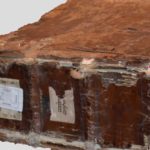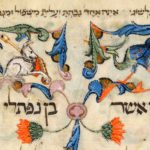Daniel Bomberg, 1516-17. Volume I, the Torah. Venice
Known as the “First Rabbinic Bible,” or Miqra’ot Gedolot this was the first printed Bible to separate the prophetic texts of Nehemiah and Ezra, and to include the traditional rabbinic masorah. The attempt, however, was sharply criticized, and it was left to the Second Rabbinic Bible, published by Bomberg in 1525, to set the standard for all subsequent editions. Open here to the Book of Numbers with woodcuts of the initial word both in Hebrew and in Aramaic translation.
The first edition of the Pentateuch appeared at Bologna in 1482 printed by Maestro Abraham ben Hayyim dei Tintori of Pesaro and paid for by Joseph ben Abraham Caravita. It is believed that the editors made use of Spanish and German manuscripts.The Targum and the commentary of Rashi (at the top and the bottom of the page) are printed with the text.
Three years later Joshua Solomon ben Israel Nathan Soncino printed an edition of the Former Prophets (without vowels), with Moses Kimchi’s commentary. Kimchi’s passages on Christianity were not omitted, as it happened in later editions.
In the last decades of the 15th century, portions of the Bible were printed in Naples, Faro, and Lisbon. Between 1488 and 1494 Gerson ben Moses Soncino, printer in Brescia, published portion of the Bible and a complete edition that is the one used by Luther to produce the German translation.
The First Rabbinic Bible was printed in Venice and it is believed to have been thought for Jewish and Christina readers. It contains the biblical books and commentaries from various eras. Passages on Christianity, present in the previous editions, were omitted and other text were included, such Maimonides’ thirteen “articles of faith”. Among others, Samuel, Kings and Chronicles became separate books as we know them today.
Elijah Levita, in his “Masoret ha-Masoret,” severely criticizes the Masoretic notes, something which may have lead to the second edition which found more acceptance in the Jewish world.
Jacob ben Chaijm Ibn Adoniya, a Spanish-Tunisian scholar who edited and wrote the introduction to the second Rabbinic Bible in 1925 included his predecessor’s introduction: “These are the words of the first editor, whose name was formerly among the Jews, Jacob b. Chaijm … Now since the sage said, ‘Receive the truth by whosoever it is propounded’ we deemed it proper to print these remarks here”.
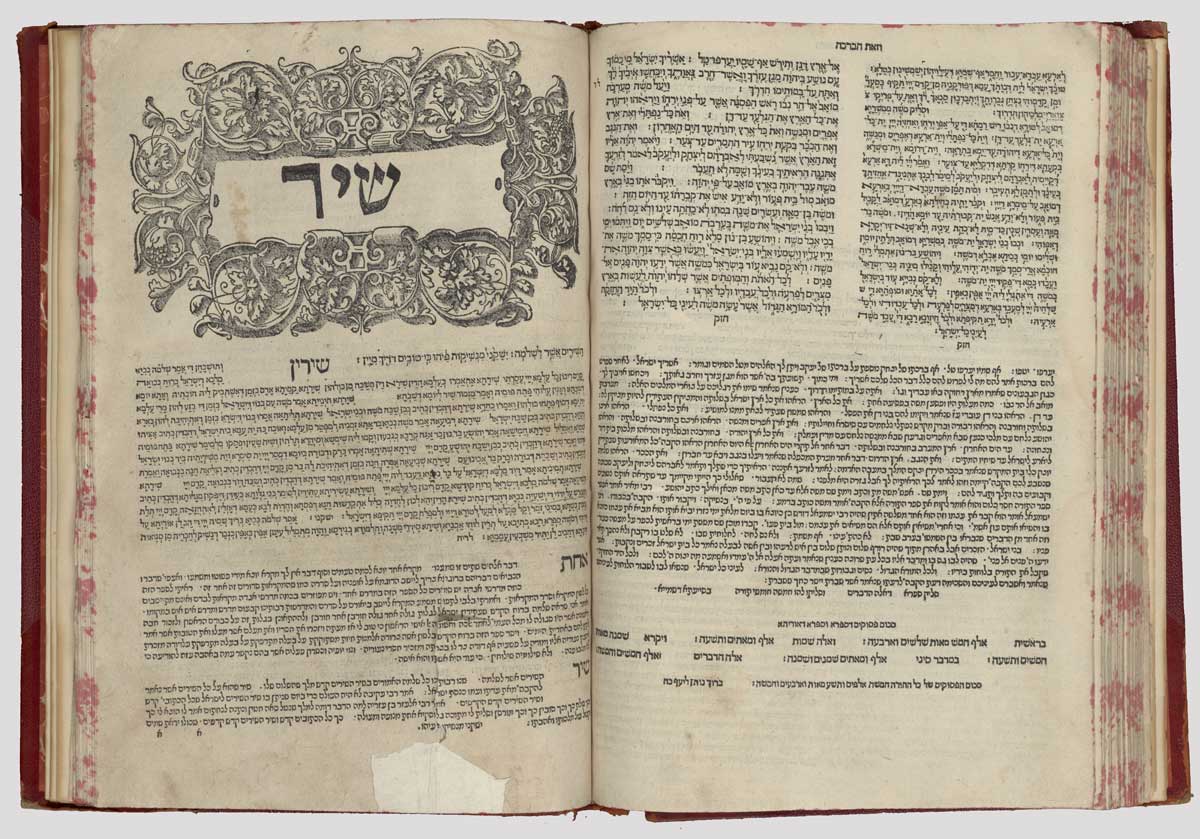
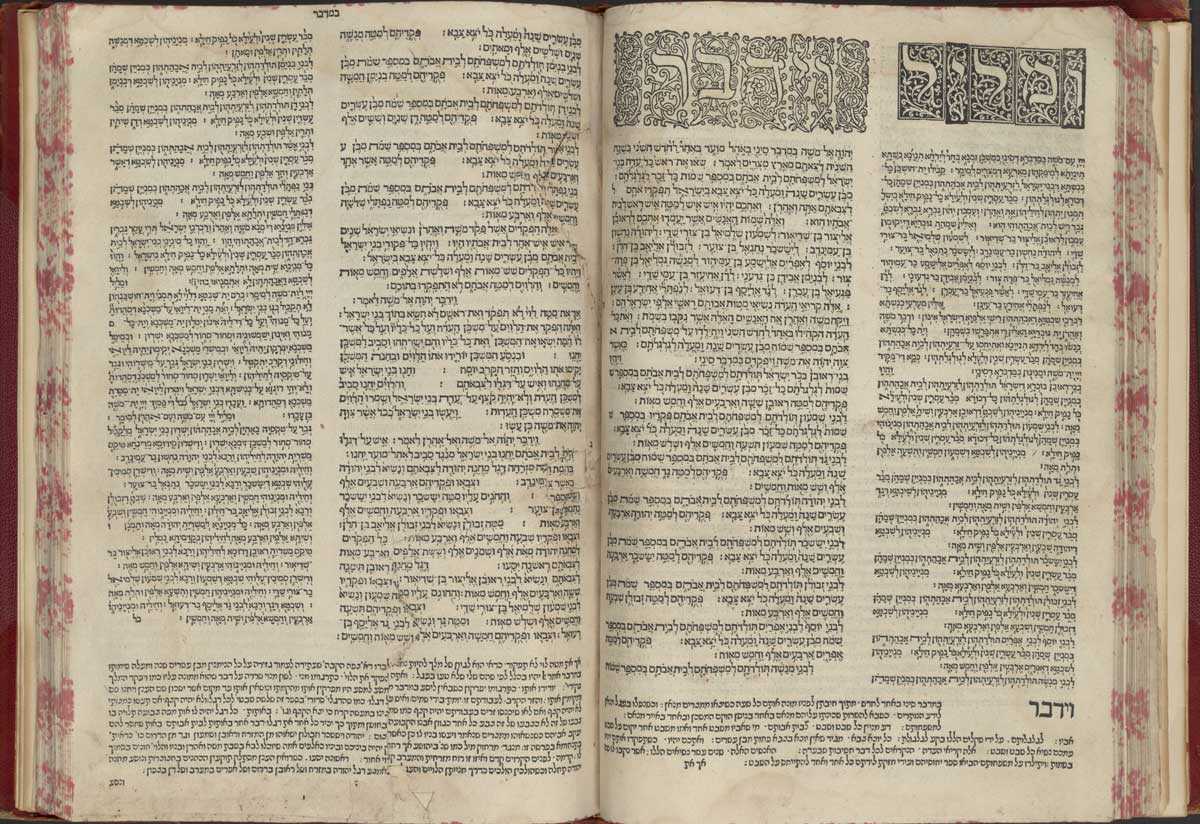
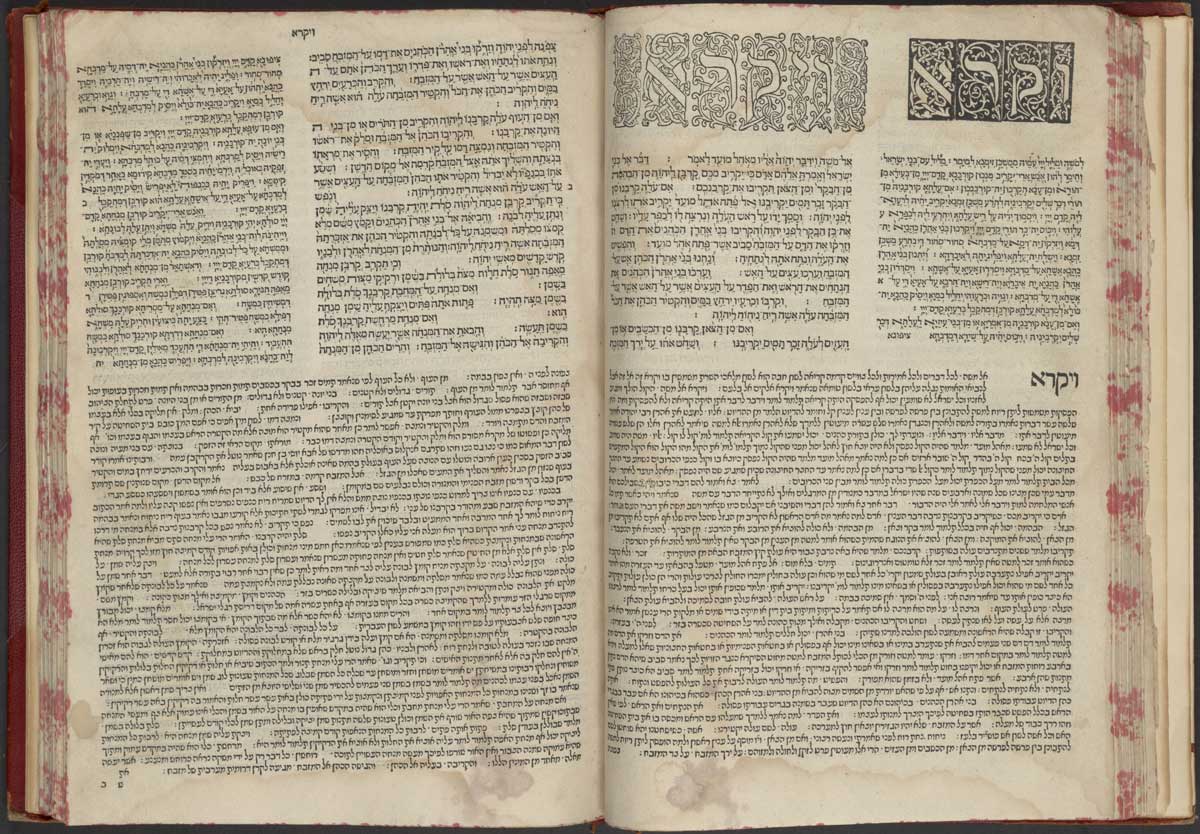
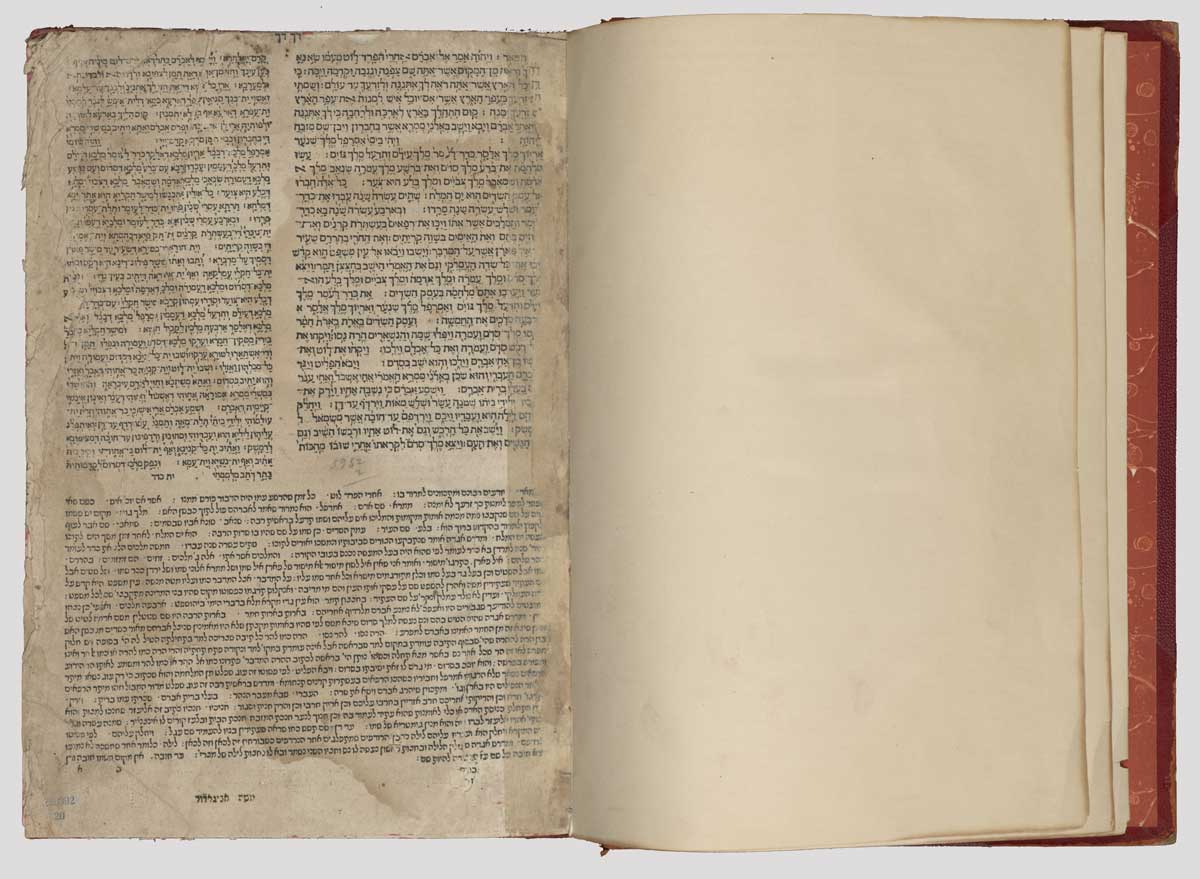
First Rabbinic Bible, Venice 1517, Library of Congress


